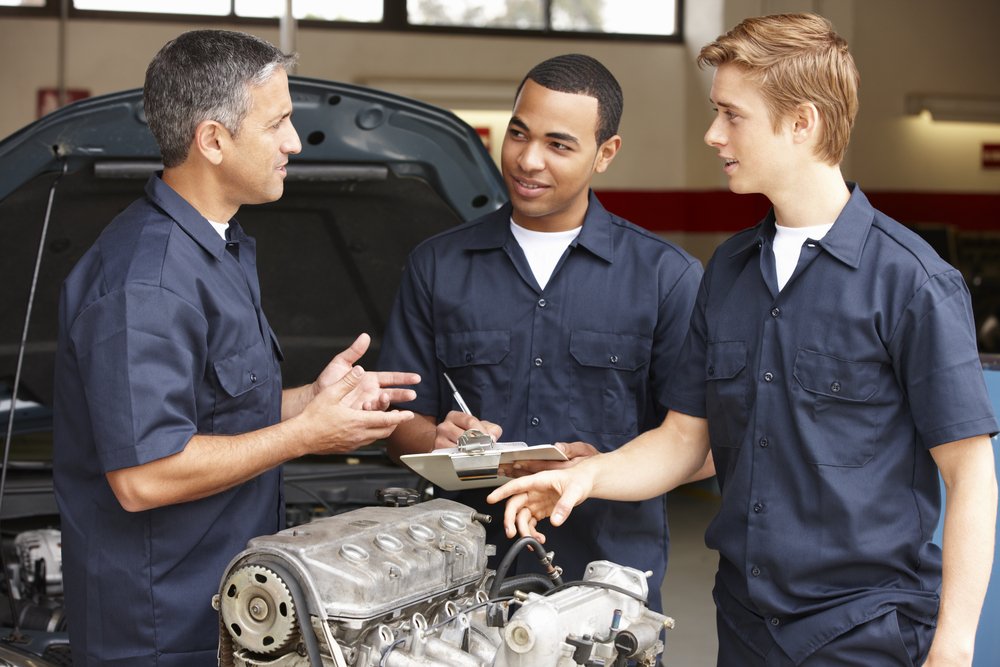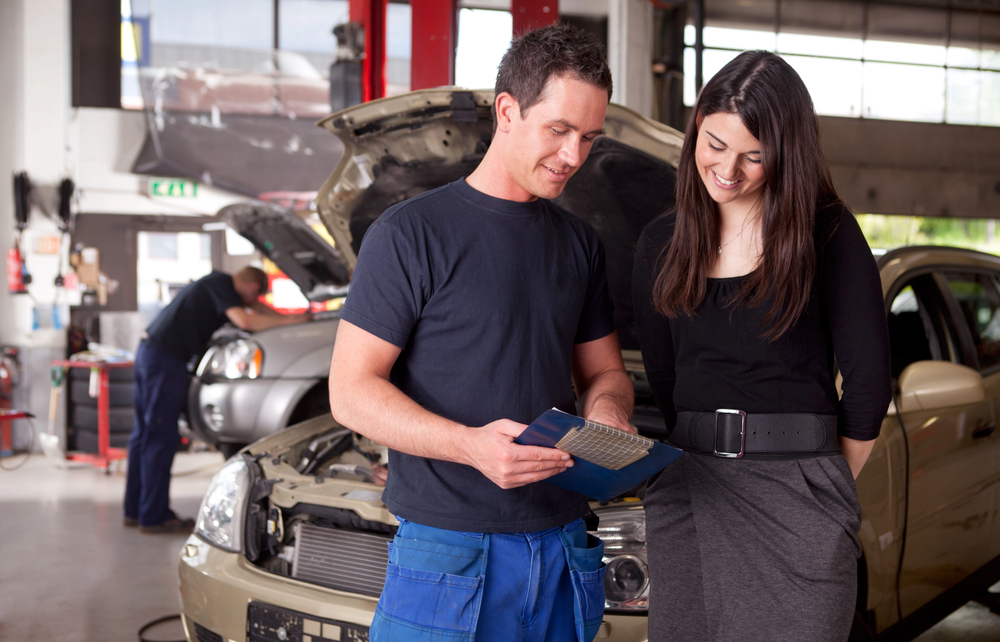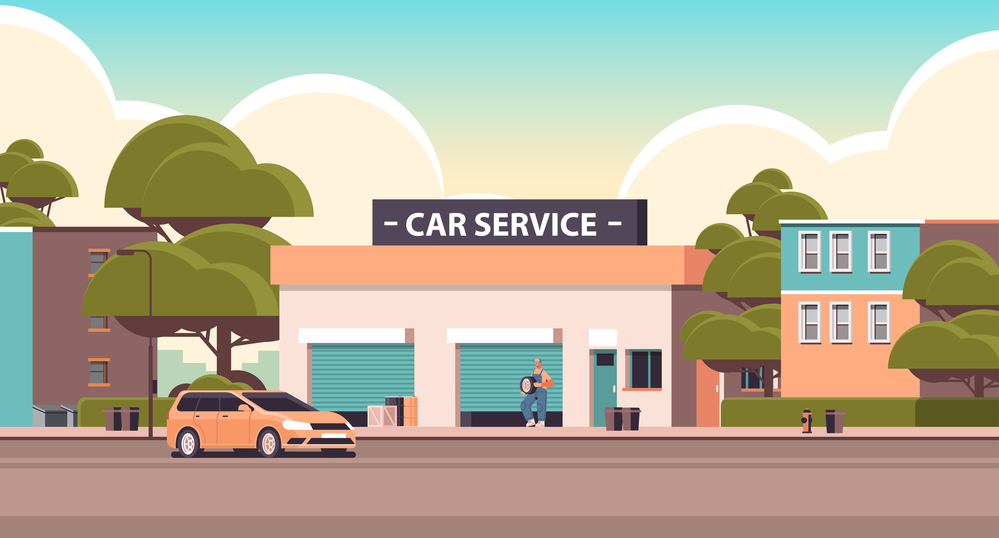
The auto industry is at a three-way crossroads. On one hand, the climate crisis has shown no signs of abating. Conversely, global legislatures are exploring or have enacted environmental policies establishing decarbonization and net zero emission goals for various industries, including insurance. Lastly, the consumer appetite for sustainability and environmental responsibility from businesses, particularly auto insurers’ repair process, is genuine.
In fact, a 2023 PwC survey noted that 77 percent of consumers are willing to pay more for recycled, sustainable or eco-friendly products. A recent World Economic Forum report stated that 65 percent of consumers align their spending with brands committed to a healthier, more sustainable planet.
This situation allows the auto industry to embrace environmental goals, such as achieving net zero emissions. These efforts can yield positive results, such as attracting and retaining eco-friendly consumers, reducing operating costs, and enhancing business reputation. While the path to a net zero emission repair process may have been difficult in the past, current technologies, guidelines, and frameworks have made it a much more achievable goal.
Although progress has been made, the industry still needs to work on balancing net zero targets with profitability, mainly due to the lack of comprehensive data on indirect emissions activities from vendors and suppliers in the claims and repairs process, known as Scope 3. In fact, the World Economic Forum’s Net Zero tracker indicates 40 percent of emissions come from activities in the broader automotive industries. This highlights the need for better data analytics capabilities and collaboration across value chains to meet net-zero goals.
Using estimatics for understanding data’s role in achieving net zero repairs
Despite this, 70 percent of automotive organizations plan to reduce emissions across the entire value chain. While this is encouraging, it may not be enough for today’s eco-friendly consumers who view the climate crisis as an urgent issue that the world’s largest industries cannot wait to address. They want to see real progress through meaningful actions, and the best way to make this progress through action lies within your data.
To achieve net zero emissions, technical and non-technical teams need to understand their data, and groundbreaking solutions can make sense of hard-to-measure Scope 3 CO2e emissions data in the repair workflow. Such solutions include estimatics tools – which help insurers and repair shops assess and calculate repair costs, as we as track emissions activity. Estimatics also encourages more efficient collaboration across a repair shop’s vendors, helping to identify where more sustainable approaches should be made during a repair.
In short, the role of data and estimatics in the claims and repair workflow is central to addressing these challenges and realizing net zero emissions targets.
Strong data analytics capabilities can help your teams achieve their sustainability goals by helping them understand how emissions within a supply chain impact net-zero strategies. This can include assessing sustainable practices among repair shops and their suppliers, OEMs and transportation partners.
Additionally, knowing which parts can be repaired or reused, such as radiators, A/C condensers, wheels and like-new alternators, can reduce emissions and the costs of sourcing new parts. It also prevents the old part from being sent to landfills — which requires additional emissions from transportation. This newfound efficiency helps teams repair vehicles more effectively, resulting in fewer backlogs and quickly returning fixed vehicles to customers.
Finally, regulations such as the EU’s Corporate Sustainability Reporting Directive (CSRD) or California’s SB 253 and 261 — which require reporting Scope 1 (direct emissions from owned or controlled sources), Scope 2 (indirect emissions from purchased sources) and Scope 3 emissions data – continue to serve global policy models. Understanding the role data plays in your path to net zero is becoming a requirement.
How pursuing net zero emissions can help repair shops save time and money
This shift in consumers’ sustainability priorities and global net zero and sustainability regulations necessitate new strategies from auto insurers and their repair shops. For example, they can reassess and improve the sustainability data within their value chains. Yet, some still believe prioritizing sustainability or net zero initiatives means sacrificing profitability to some degree.
For example, refurbishing a serviceable engine would not only reduce emissions by up to 85 percent, but it would also save the repair shop time and money waiting for a new engine to be delivered, installed and tested to ensure it works as intended. Although this is a single example, it demonstrates how net-zero initiatives can satisfy profitability demands while meeting the sustainability requirements of the eco-friendly consumer.
In short, aligning net-zero emission practices with profitability becomes an opportunity for cost-effective but environmentally responsible practices. By reframing net-zero, and sustainability more broadly, as an integral part of the business rather than a checklist of to-do’s, insurers can navigate the dual priorities successfully. This approach mitigates the perceived clash and presents a desirable solution where sustainable practices drive financial gain and environmental impact.
The future of the auto industry is becoming increasingly intertwined with sustainability initiatives. And, as consumers and governments demand more environmental responsibility, insurers and their repair shops have a golden opportunity to cash in on their pursuit of net zero emissions.
Bill Brower is senior vice president of industry relations and North America claims at Solera. Paul Prochilo is chief executive officer of Simplicity Car Care.












Leave a Reply